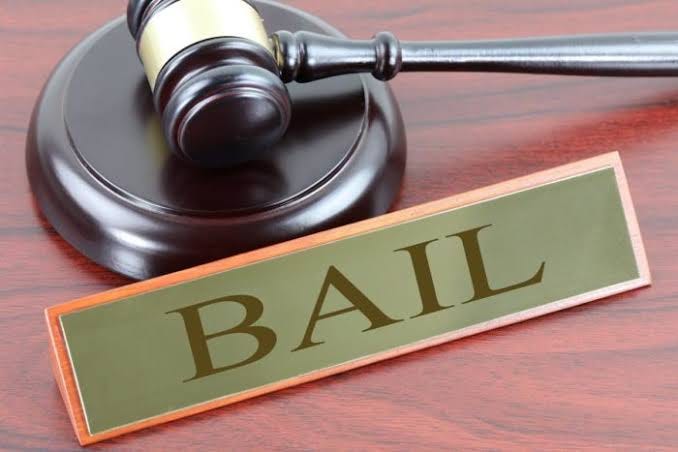Understanding the different types of bail is critical for anyone navigating the legal system. Bail serves as a financial arrangement that allows a defendant to be released from jail while awaiting court appearances. This arrangement ensures the defendant returns to court to face the charges.
Bail decisions are made by a judge who considers various factors, including the severity of the crime and the defendant’s history. For those charged with a minor offense, bail might be granted based on personal recognizance, requiring no money.
In more serious cases, the judge might set a monetary bail amount. This ensures the defendant has a financial incentive to return for court appearances. Each type of bail has its own implications and understanding these can help us better navigate the justice system. learn more about bail types
Understanding Bail

Bail is a crucial aspect of the judicial process that determines whether a defendant can be released from custody while awaiting trial. Various factors, such as flight risk and criminal history, often influence the decision.
Different Forms of Bail
There are several types of bail that a judge may consider, including cash bail, surety bond, property bond, personal recognizance, and immigration bond. Each form has distinct procedures and implications.
- Cash Bail: This involves paying the total bail amount in cash. If the defendant appears in court, the amount is refunded.
- Surety Bond: A bail bondsman guarantees the bail amount. We pay a percentage of the bond, which is non-refundable.
- Property Bond: Property is used as collateral. The court places a lien on the property.
- Personal Recognizance: The defendant promises to appear in court without paying bail.
- Immigration Bond: Used for non-citizens detained for immigration reasons.
Different jurisdictions may favor certain forms over others based on the severity of the crime and the defendant’s background.
Conditions and Considerations for Bail
When determining bail, several factors come into play. Judges assess the severity of the offense, the defendant’s criminal history, and the likelihood of appearing in court.
Key considerations include:
- Flight Risk: The possibility of the defendant fleeing to avoid trial.
- Severity of the Crime: Serious offenses might lead to higher bail amounts or denial of bail.
- Criminal History: Prior convictions may result in stricter bail conditions.
- Jurisdictional Rules: Local laws and the Eighth Amendment, which prohibits excessive bail, influence decisions.
- Bail Hearing: A hearing where arguments about these factors are presented.
Each case involves a unique set of conditions tailored to ensure justice and public safety.
The Bail Process

The bail process typically starts after an arrest when a defendant is taken into police custody. The main parties involved and potential outcomes at various stages are crucial to grasp.
Roles in the Bail System
In the bail system, several key roles play essential parts. The defendant is the individual arrested and awaiting trial. If bail is set, the defendant might request the help of a bail bondsman or bail bond company. These entities provide a secured bond or cash bond in exchange for a fee.
A bond agent or bail bondsman works closely with the defendant to ensure their appearance in court. We, as representatives or attorneys, might advise on whether to secure bail. If the defendant fails to appear, a bail recovery agent or bounty hunter may be employed to locate the missing individual.
Outcomes and Consequences
Once bail is set, the defendant has a few potential outcomes. If the terms are met, such as appearances in court, the bail is typically refundable. If conditions are not met, the bail might be forfeited. Security provided by a bail bondsman could lead to financial loss for the bondsman if the defendant fails to appear, also known as bail jumping.
When a court case concludes, either with a conviction, acquittal, or dismissal, the role of bail comes to an end. If the defendant, however, fails to comply, consequences such as financial forfeit and re-arrest warrants are possible. Proper knowledge of these outcomes is crucial for all involved parties.











